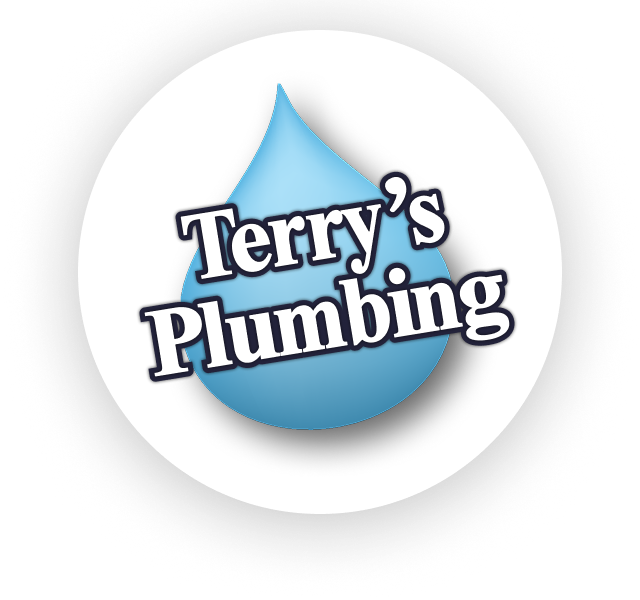Pro TIps
Plumbing 101: RV Systems
RVs are great for exploring the world and living on the go. But the RV plumbing or water system can be a hassle to deal with when it breaks. The best way to avoid these problems is to know how these systems work and the best ways to maintain them.
What is an RV Plumbing System?
RV Plumbing uses a pump to move the water through the RV, and it also has a holding tank for waste materials. The goal of RV plumbing is to move freshwater from the holding tanks to the sink, shower, toilet, and other fixtures inside your rig. This means it’s a closed-loop plumbing system. The water supply to an RV’s plumbing can come from a variety of sources: onboard freshwater tanks, municipal sewer hookups, or off-site freshwater tankers. Wastewater is removed by simply dumping the contents into a drain at a campsite or sewage dump station.
The Basic Components
RV plumbing works very much the same way that ordinary plumbing does, with some limitations. Here’s what you’ll need to know to better understand your plumbing system:
- Freshwater tank: Your RV holds freshwater in a dedicated tank. This is the water that you’ll use for most purposes. It holds clean, reliable water for use in the bathroom, showers, etc.
- Greywater tank: Greywater refers to water that’s drained through your sinks and showers. Some greywater can be reused after filtering for purposes like gardening.
- Blackwater tank: This is the tank that will contain waste, which means there’s only one place for it to go: a dump station.
The interplay of these three tanks is central to the life of an RV owner. You’ll want to make sure that you keep your freshwater tank full for extended trips, and that you know how to properly manage your greywater and blackwater holding tanks.
How Does RV Plumbing Work?
All tanks are located under the RV chassis. The system is a closed-loop that starts with an intake valve from an outside water source. The freshwater tank collects water from any of these sources. Water then flows through pipes to another inlet valve, where it’s redirected to a shower, sink, or toilet. Wastewater is then released into its designated waste-holding tank (i.e., greywater or blackwater), which has a hose connection for easy drainage.
Maintenance Tips for RV Plumbing
Don’t empty the tanks too often. There’s the temptation to be extra diligent about keeping out blackwater and greywater waste but considering that some of your waste is solid waste, it can actually be easier to eliminate all of the waste when you empty a fuller tank.
Empty your blackwater tanks first. The soapy greywater will help flush out the hoses. You don’t want that blackwater residue remaining in the hoses, as this can lead to problems such as weird odors, and mold and bacteria growth.
Use proper cleaning equipment. Wear gloves to protect yourself when you empty out your greywater and blackwater tanks. Also, be sure to keep your hookups clean.
Contact Super Terry Today
Are you experiencing a plumbing emergency? Make sure to contact us, and Super Terry will be on the way!
